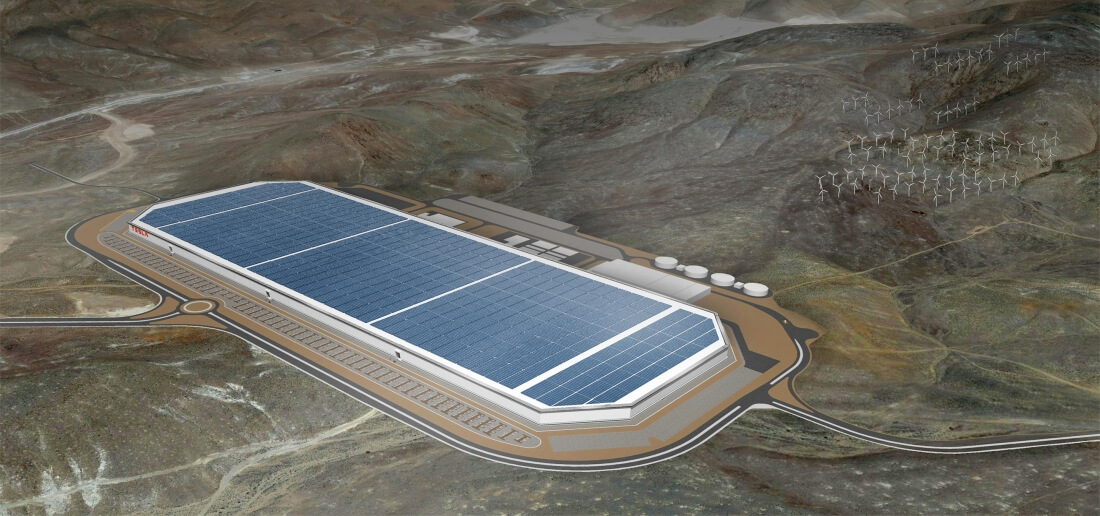Just three days after it was announced last week, the number of reservations for the Tesla Model 3 reached almost 300,000. This demand is expected to remain high, meaning the company is going to have a produce a lot of batteries for its upcoming electric car. But Tesla should be prepared for the massive jump in vehicle output, thanks to the Gigafactory.
Recently shot 4K drone footage (below) gives you an idea of what the 5.5 million-square-foot facility will look like when it's complete. Located outside the appropriately named Sparks, Nevada, Tesla says the Gigafactory will "accelerate the world's transition to sustainable transportation."
Tesla may have delivered a record 50,000 cars last year, but the company expects that figure to hit 500,000 by 2020, making the factory, which is second in volume only to Boeing's Washington factory, a necessity.
Elon Musk's company will make the batteries at the $5 billion plant using "economies of scale, innovative manufacturing, reduction of waste, and the simple optimization of locating most manufacturing process under one roof." It's expected to begin cell production in 2017 - coinciding with the release of the Model 3 - and will reach full capacity by 2020.

"In order to produce half a million cars a year, we basically need to absorb the entire world's lithium production. That's the entire reason we're building the Gigafactory. It will produce more lithium-ion batteries than all other factories in the world combined [...] We will also be producing the most advanced cell in the world," said Musk.
Tesla wants the Gigafactory to be powered by renewable energy. They haven't been installed yet, but solar panels will be placed on the building's roof, which is painted white to optimize their efficiency.
In addition to producing batteries for its electric vehicles, the facility will also help manufacture Tesla's Powerwall home battery.